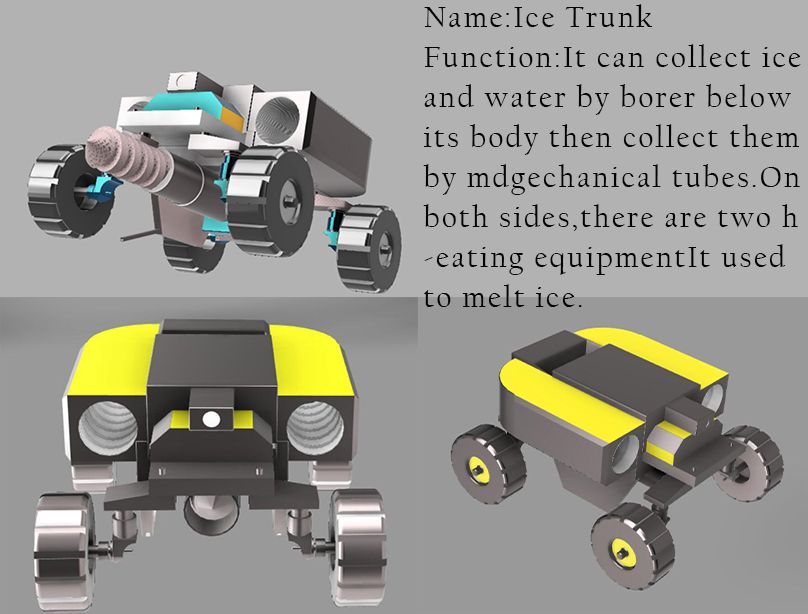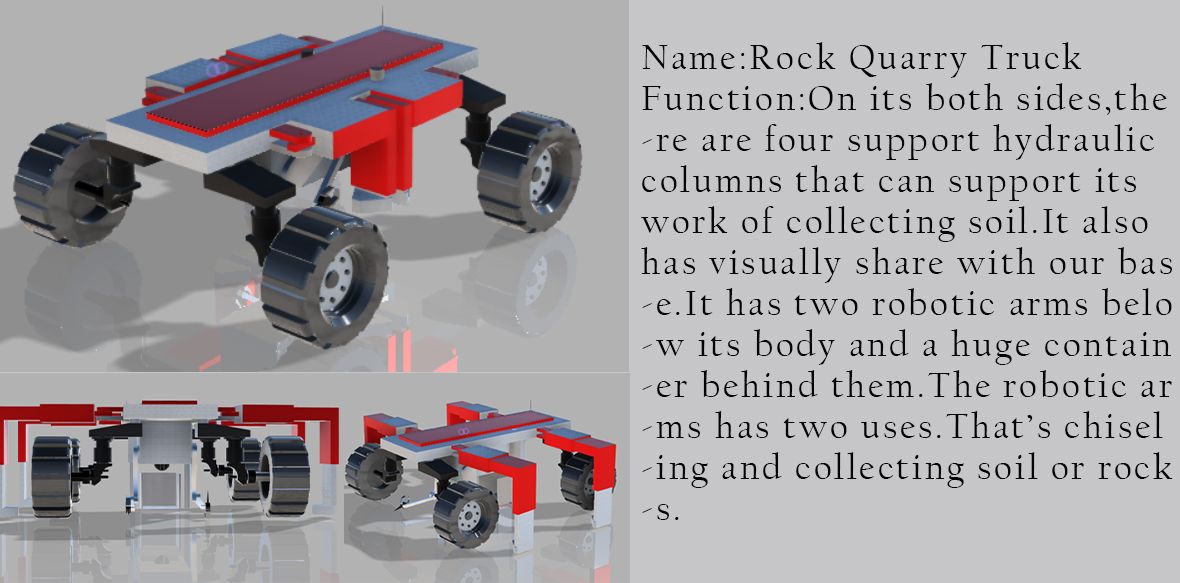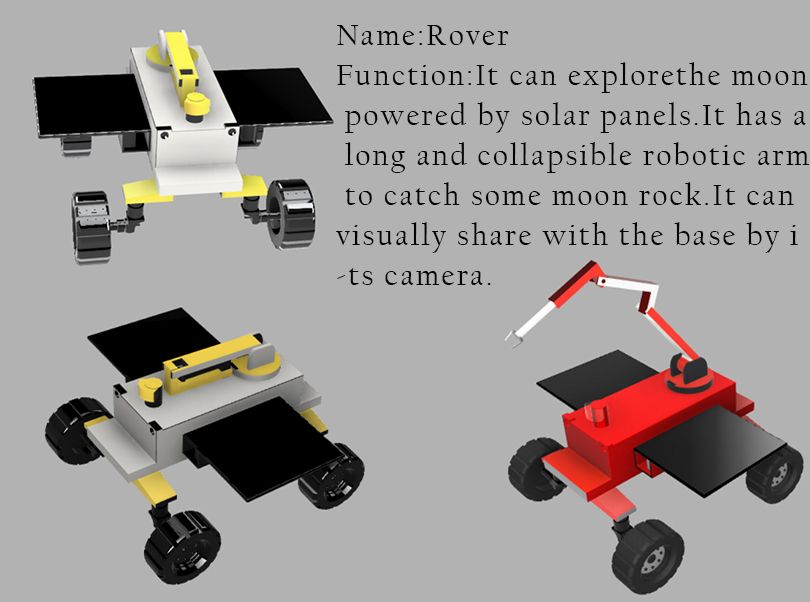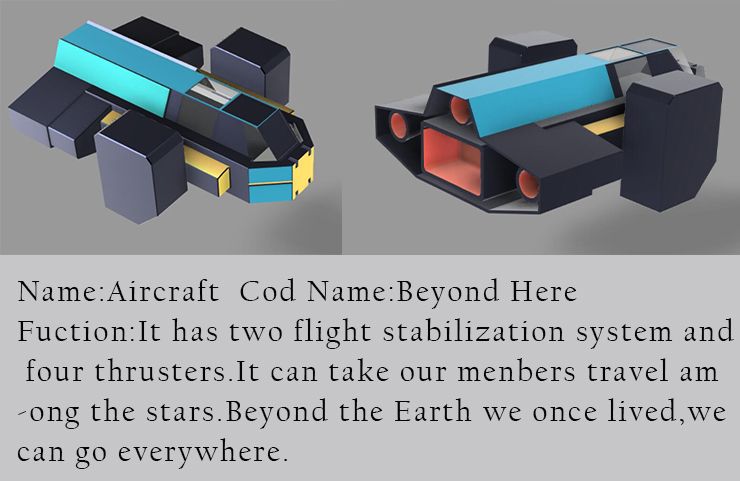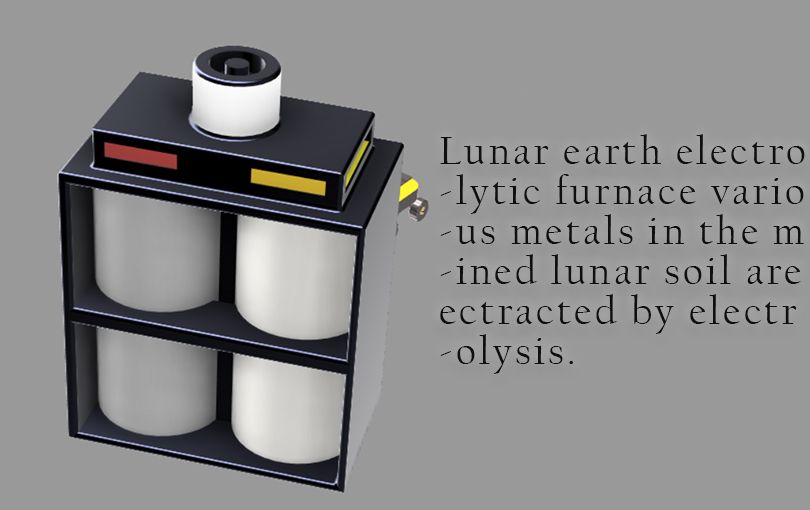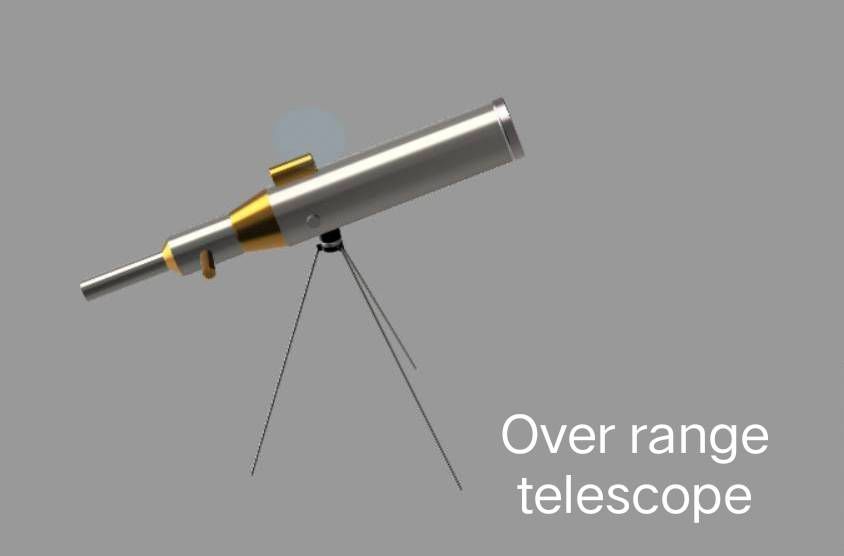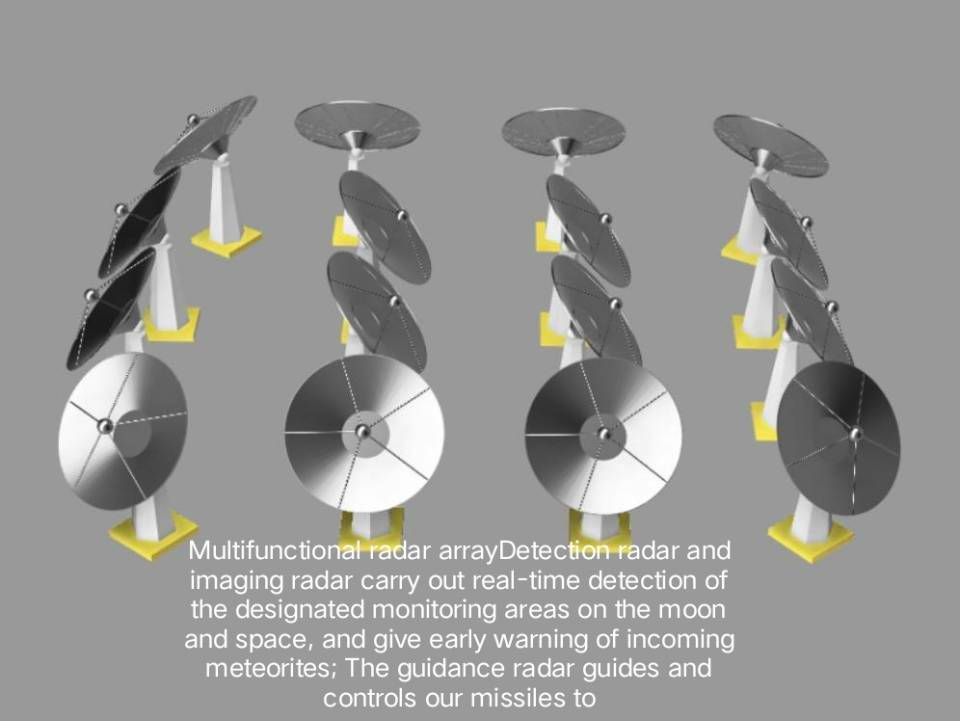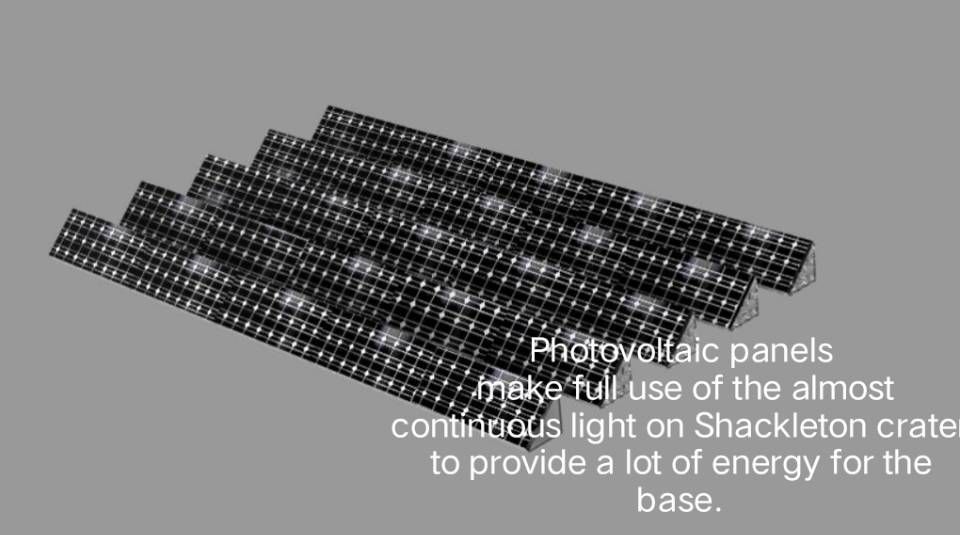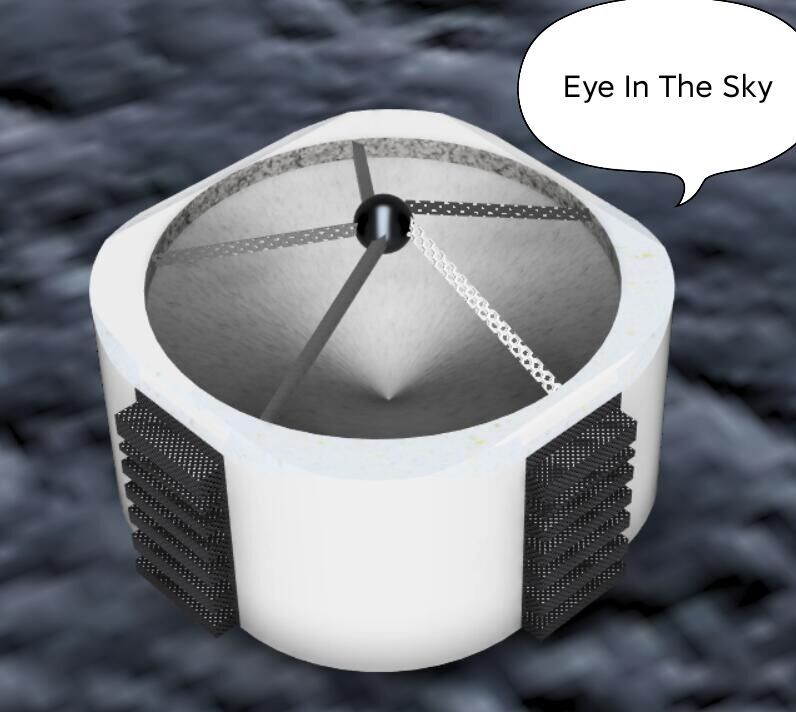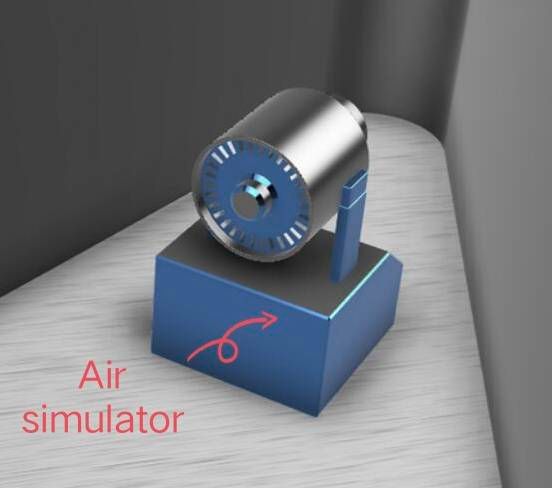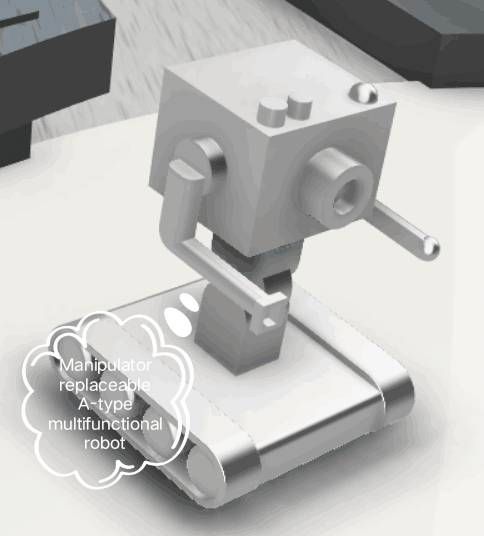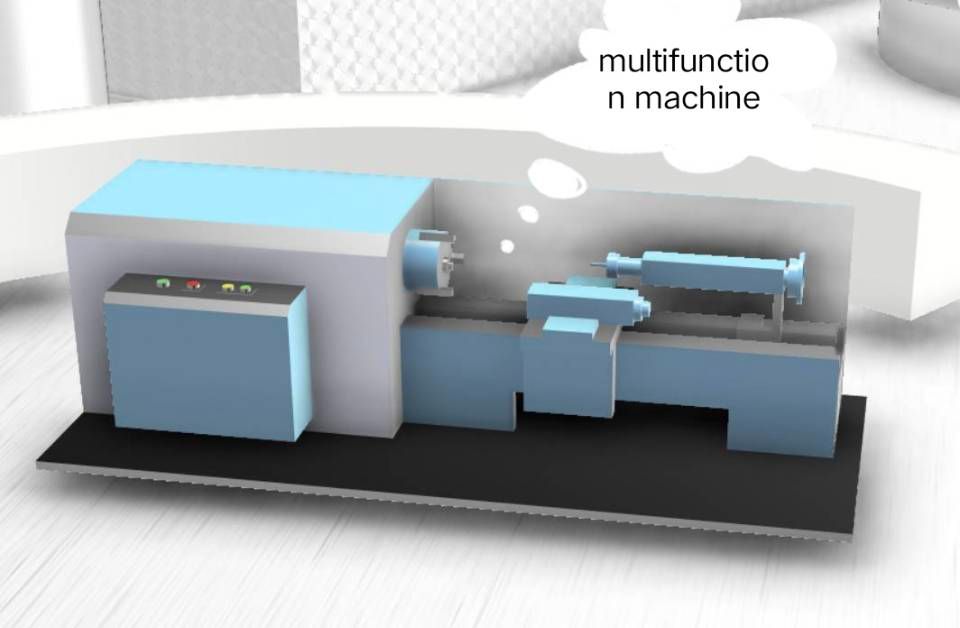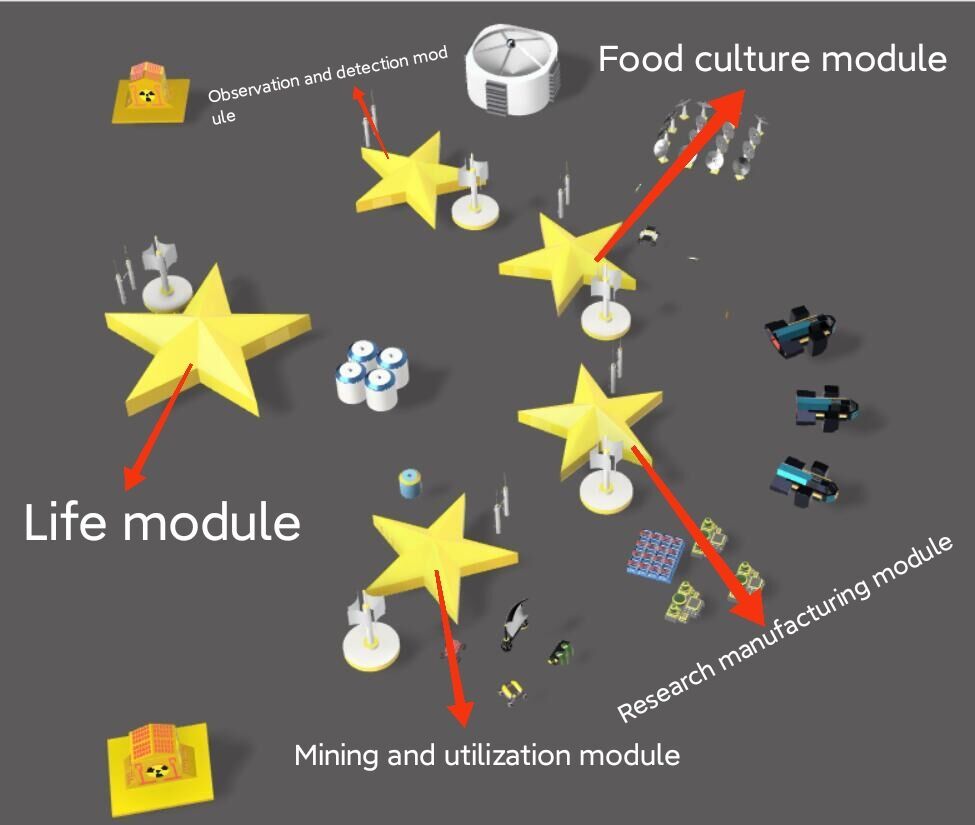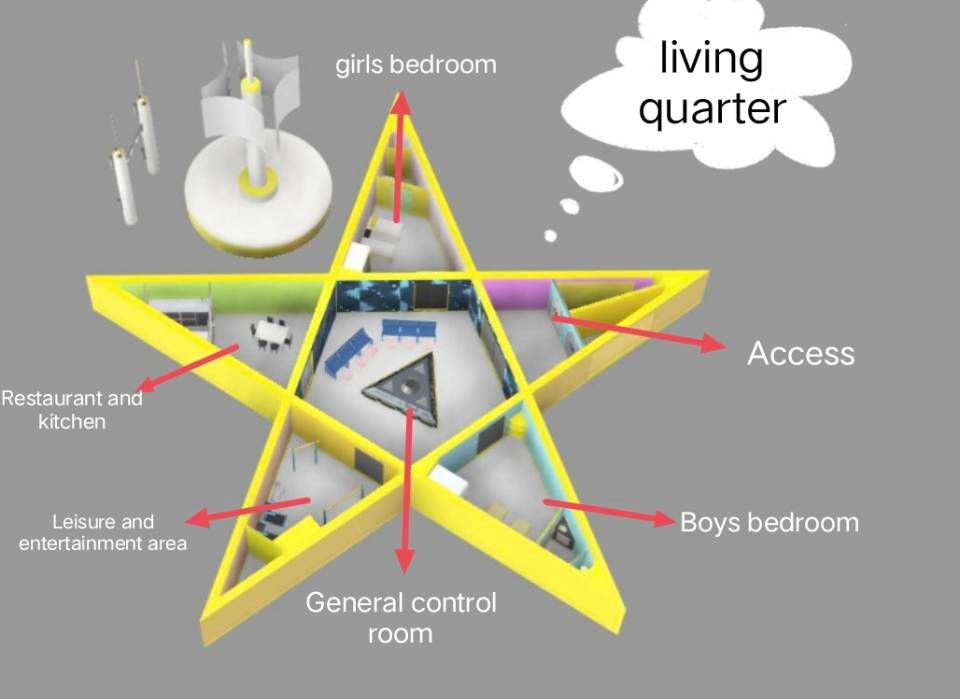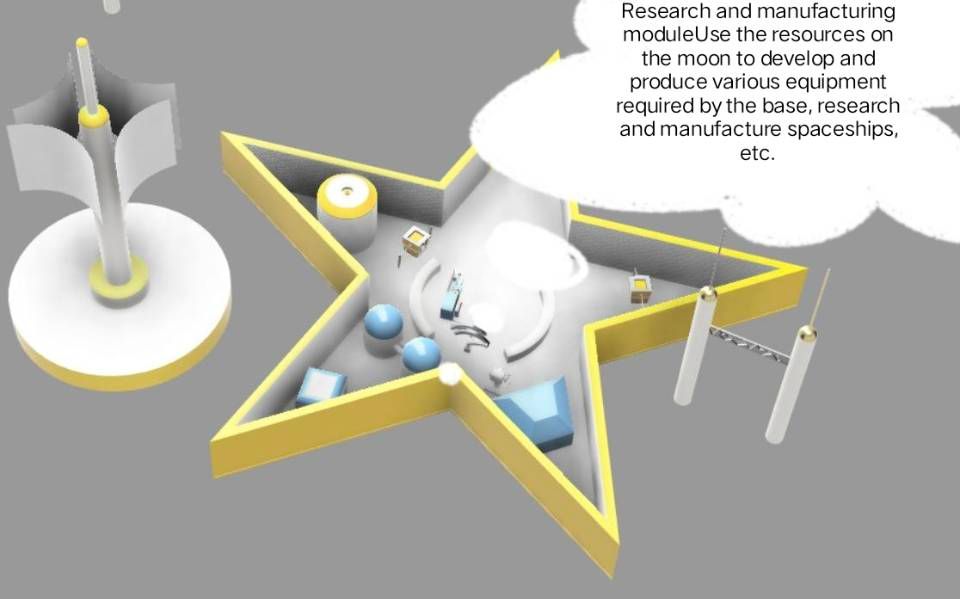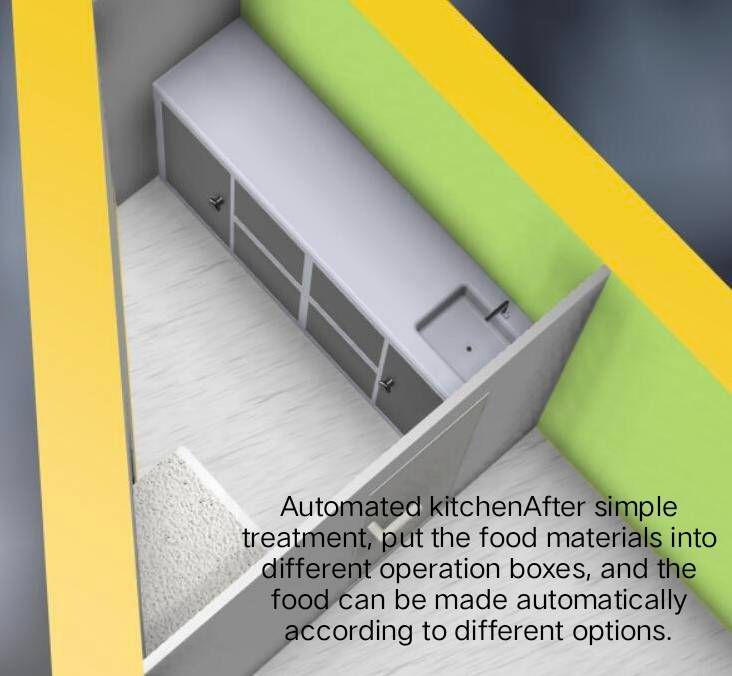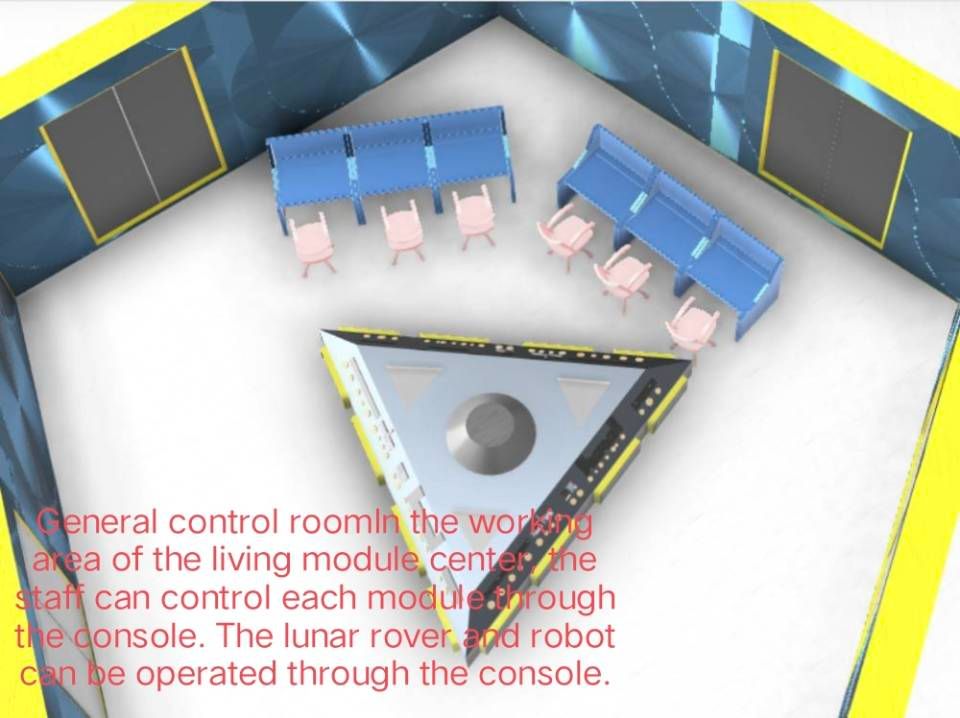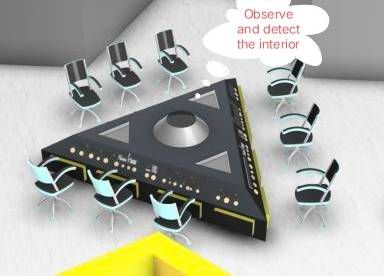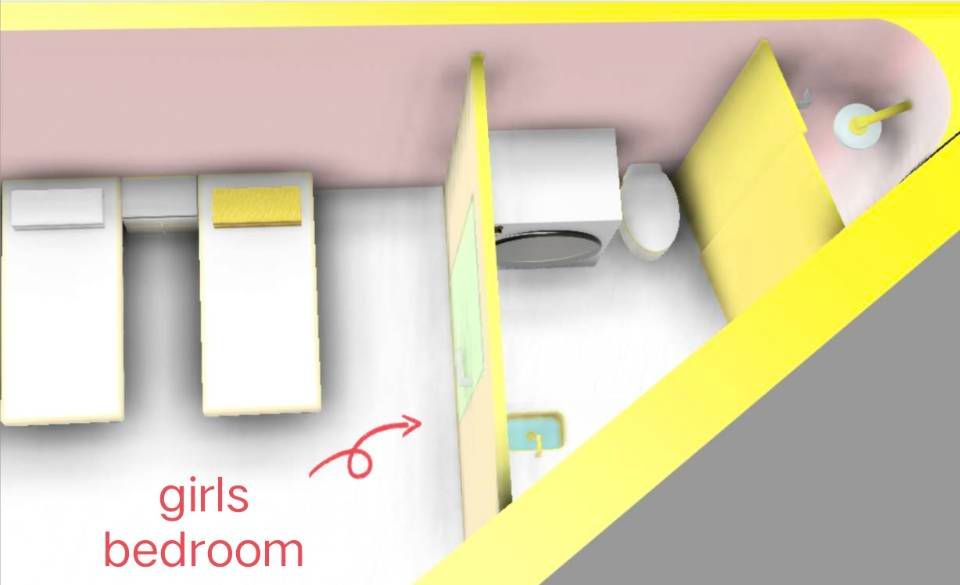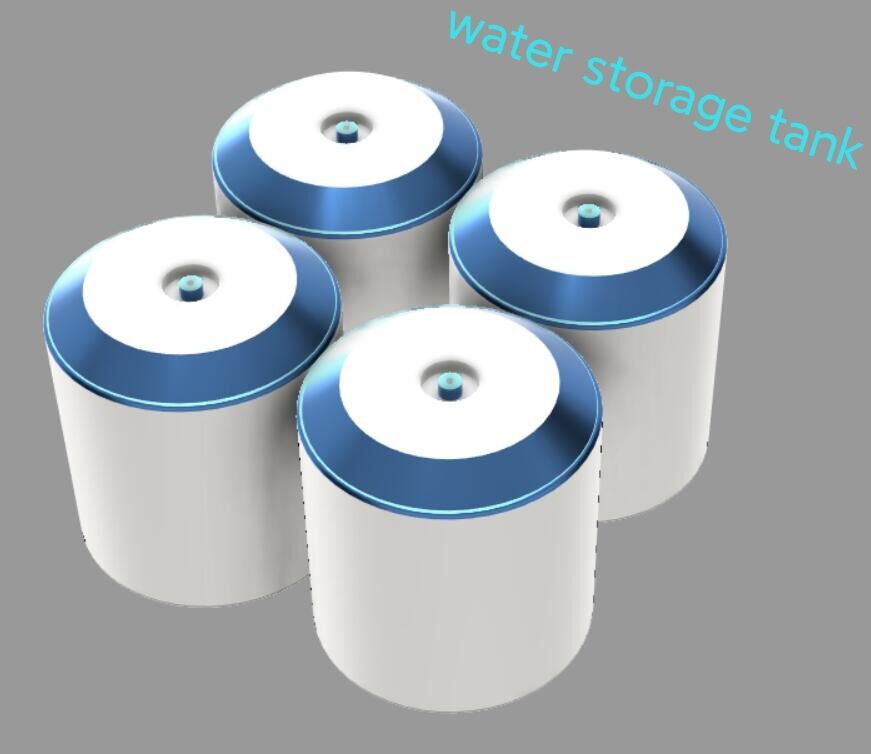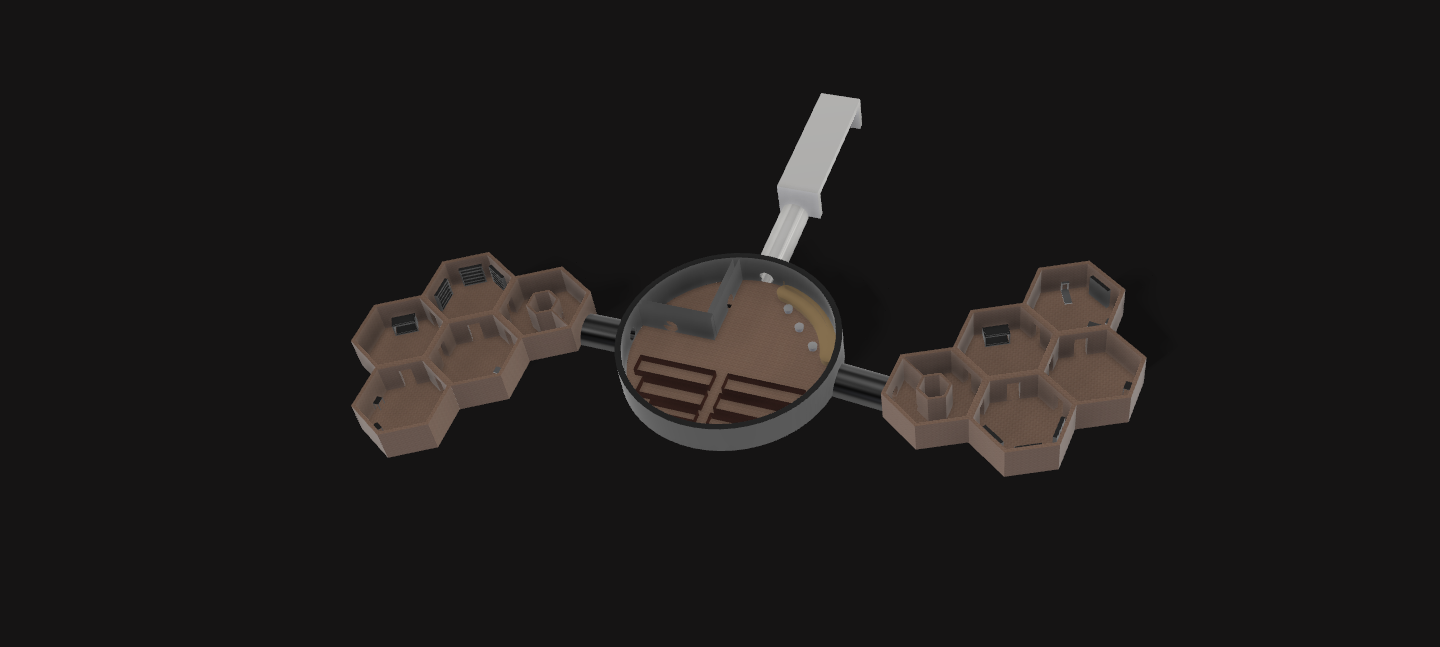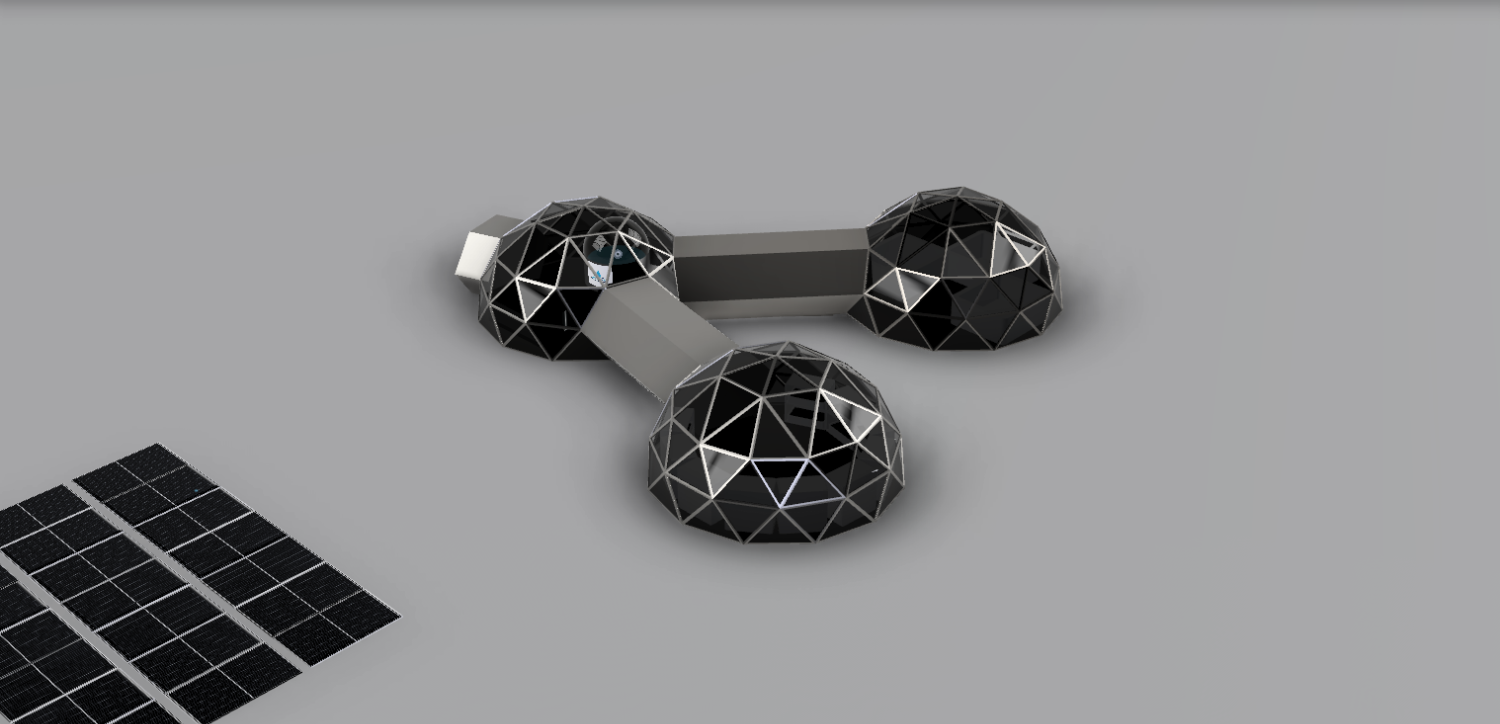Moon Camp Pioneers Gallery 2021-2022
In Moon Camp Pioneers each team’s mission is to 3D design a complete Moon Camp using Fusion 360. They also have to explain how they will use local resources, protect astronauts from the dangerous of space and describe the living and working facilities.
Team: Beyond Here
Zhengzhou University of Light Industry Zhengzhou China 19 5 / 1
External viewer for 3d project
|
Project description
We plan to use launch vehicles to send materials needed in a short time near Shackleton, use sufficient solar energy to convert electricity as the main energy in the early stage, extract water ice in the eternal night crater to obtain water, extract lunar soil to collect helium, extract oxygen, separate metals, and make curing materials. Using lunar resources to continuously build modular bases with living areas, research and manufacturing areas and observation and exploration areas as human areas, and food cultivation areas and mining and utilization areas as intelligent areas. The base aims to exploit and utilize lunar resources to build a space exploration station, research and manufacture interstellar spacecraft to explore the universe, and produce food, water, oxygen and energy to provide supplies for space exploration. |
|||
|
2.1 Where do you want to build your Moon Camp?
We are going to build our base near Shackleton, the south pole of the moon, where there are rich mineral resources. First of all, the eternal night crater of Shackleton contains a large amount of water ice, which can extract water resources. In addition, the crater is almost continuously exposed to sunlight, which can provide a large amount of solar energy. More importantly, the mining of lunar soil can extract oxygen, collect helium, metal and other materials, which are long-term development of the lunar base. The necessary resources for the exhibition. 2.2 How do you plan to build your Moon Camp? Describe the techniques, materials and your design choices.
We plan to make full use of the resources in the moon to build a modular base for the shape of the five-pointed star. In the early stage, energy is produced through photovoltaic effect; after water resources are detected by dissolved voltammetry, harmful water is electrolyzed in an electrolytic cell to collect hydrogen and oxygen to make fuel cells, and harmless water is transported to various modules for use; helium extracted from minerals is used as the raw material for nuclear fusion to produce energy. Extract oxygen from lunar soil with sunlight concentrator and heat, solidify lunar soil as building materials; use wet electrolytic metals to build living areas integrating life and work, cultivate plants and produce food culture areas for cultivated artificial meat with 3D printing technology, build spacecraft and research and manufacture various equipment. The mining and utilization area of water ice and lunar soil, the observation and exploration area of space and lunar observation and exploration area are mainly modular bases, and covered with solidified lunar soil for protection. Use radio technology to connect communications from all parties, and use the Magpie Bridge relay satellite as a relay to the whole moon. 2.3 The environment on the Moon is very dangerous for the astronauts. Explain how your Moon Camp will protect them. (maximum 150 words)
There is a weapon system in the base. When the observation and detection station finds a meteorite attack, it can be intercepted with missiles; the solidified lunar soil from the base shell can greatly reduce the damage caused by radiation to astronauts and provide a certain thermal insulation. Each module must be disinfected, dusted and ventilated in the conversion room to ensure the safety of astronauts. There are a variety of robots on the base to replace the astronaut management intelligence module to help astronauts work, reduce astronauts’ adventures going out, reduce the workload of astronauts, and avoid astronauts from encountering danger. In addition, each base is an environmental simulation system composed of air simulators, temperature regulators and realistic domes, which can be used as needed. Adjust temperature, light, air, etc. to provide a comfortable living environment for astronauts. |
|||
|
2.4 Explain how your Moon Camp will provide the astronauts with:
|
Water
|
Food
|
Power
|
Air
|
|
Mining water ice mixtures and heavy metal ion detection devices control water quality: water ice located in permanent shadow pits will be the main source of water. We control the ice truck to go to the pit to extract water ice with a telescopic ice drill bit. At the same time, the electric heating wire melts the water ice. The obtained water is sucked into the internal storage tank with a foldable straw, and then put into use after the mining module for water quality testing. |
Hydroponic and 3D printing cultivated artificial meat: We have a special food culture module to grow vegetables and fruits with hydroponic technology. Artificial meat is made with 3D printing and cultivation of artificial meat technology to meet the taste enjoyment of astronauts. Artificial meat that meets their personal needs can be made according to the physical condition of astronauts. You can worry about bacteria, viruses, microorganisms, etc. due to the cultivation of animals. In addition, artificial meat consumes resources and space compared with cultivated animals. It will be greatly reduced, healthy, safe, green and energy-saving. In addition, the cultivation and harvesting of vegetables and fruits and the manufacture of artificial meat are carried out by small robots, who are also responsible for transporting these materials to the living area. |
Initially, the base used solar panels to convert solar energy as the base to build energy. Later, ice pick water ice was used to extract water ice, hydrogen and oxygen were electrolyzed to make fuel cells to supply the base and store them in large quantities. Mining trucks were used to extract minerals to collect helium and build nuclear reactors to provide energy to the base, and install them on interstellar spacecraft. |
Solar Concentrator Oxygen and Air Simulator: In addition to electrolytic water, our oxygen can also be obtained from lunar soil. The solar light concentrator, that is, the mirror and prism group, can aggregate sunlight to generate high temperature. Through high temperature, the lunar rock and lunar soil are heated to 1600~2500°C, turning them into magma, then electrolyzed, and oxygen can be released from lava. This is not only efficient and polluting, but also obtains useful metals. Gases such as oxygen are transported to each module through the air simulator in proportion suitable for astronaut life to simulate the living environment of the earth and meet the survival needs of astronauts. |
|
2.5 Explain what would be the main purpose of your Moon Camp.
The lunar camp we set up is an outpost for human exploration of the universe. While we transport part of the resources extracted from the moon back to Earth, we invest more in the construction of bases, and research and manufacture flying interstellar spacecraft on the moon, produce fuel cells, nuclear reactors, food and other supplies, and explore the universe from the moon. |
|||
|
3.1 Describe a day on the Moon for your Moon Camp astronaut crew.
After getting up in the morning, the astronauts washed up and came to the restaurant. Fresh fruits and vegetables delivered by the food cultivation module and delicacies made from 3D-printed artificial meat were already placed on the table. After breakfast, the astronauts came to the center. The control room summarizes and assigns the tasks of the day. The astronauts of group A come to the observation and detection master control room after dust removal and disinfection in the entry passage, and operate the equipment for the detection and exploration of the moon and space; the astronauts of group B control the mining of ice mining vehicles in the central control room. Water ice, mining vehicles to mine minerals, monitor the operation of the food cultivation module, and instruct the robot to modify the parameters of the environment simulator, cultivate different seeds under different environmental conditions, and cultivate a variety of vegetables and fruits to meet different tastes needs of astronauts. Group C astronauts came to the research and manufacturing module to inspect the newly manufactured interstellar spacecraft. During lunch, the astronauts discussed whether the nuclear reactor could be completed within the deadline and gave their ideas. In the afternoon, according to the results of the heavy metal ion detection device, group B will distribute the water resources to each module or send it to the electrolysis cell to convert it into hydrogen and oxygen to manufacture fuel cells. Suddenly, the radar of the observation and detection module warned that a meteorite was coming. They used missiles to intercept and changed the trajectory of the meteorite to ensure the safety of the base. After that, they dispatched a multifunctional I-type robot with replaceable mechanical arm and a rover to check the situation of the meteorite. , and collect samples to test whether the meteorite contains mineable resources. After dinner, the astronauts went to the gym to exercise to ensure that their bodies were healthy and strong in a low-gravity environment, and then returned to their rooms to wash and tidy up, watch TV through 3D projection, or play VR games, or read books. It was very late. Except for the staff on duty, everyone was ready to fall asleep. The environment simulation system of the room was adjusted to the parameters of the night, and everyone gradually fell asleep in the simulated breeze. |
|||



